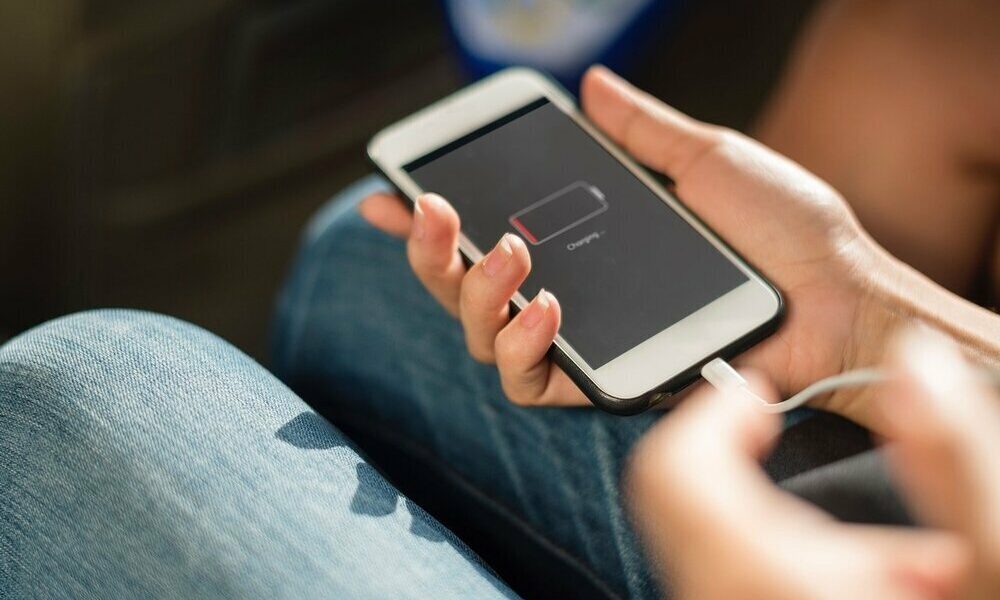
About a month ago the European Parliament voted in favor of a new law that, among other things, was going to require that batteries in consumer devices such as smartphones could be replaced and can be easily removed from the device. For it to be a reality then, however, some procedures were missing for the law to be definitively approved. But it already is, after the European Council gave its approval to this new law this week.
This implies, among other things, that device manufacturers will have to ensure that all devices they want to sell by 2027 in the European Union have batteries that can be easily replaced. It only remains for the representatives of the European Council and the Parliament to sign the law, which will happen in a few days. Thereafter, a grace period will be opened until said year, in which manufacturers will have enough time to redesign their devices.
Specifically, this new law establishes that users should be able to replace a battery in their phone without having special experience to do so, or having to use tools for it. Since almost all of today’s smartphones are designed in such a way that their closure depends on extensive use of adhesives, the basis on which companies design smartphones will have to change. Of course, it is still too early to know how this law will change the different models of smartphones.
In addition to this rule, the law entails other changes in relation to the management of batteries once they are discarded. Thus, manufacturers will have to collect 63% of the portable batteries that usually end up in the landfill by the end of 2027. And by 2030, that percentage will have to rise to 73%.
Also by 2027, lithium recovery from spent batteries will have to be 50%, and by the end of 2031, 80%. The law not only specifies that this lithium will have to be recovered, but also that it will have to be prepared and recycled to be used again in new batteries.
Batteries for electric vehicles and for industrial use, among others, will have to be manufactured using a minimum percentage of recycled content. Initially, this percentage will be 16% for cobalt, 85% for graphite, and 6% for lithium and nickel. In addition, by the end of 2025, nickel-cadmium batteries will have to have a recycling efficiency target of 80%, while all other batteries should have a minimum efficiency target of 50%.
Teresa Ribera, Minister of Ecological Transition of Spainhas stated that “Batteries are key to the decarbonisation process and to the shift in the EU towards zero emission means of transport. Additionally, batteries that have reached the end of their life cycle contain many valuable resources, and we must be able to reuse critical raw materials rather than rely on them. from third countries for supplies. The new rules will promote the competitiveness of the European industry, and will ensure that new batteries are sustainable and contribute to the green transition«.



